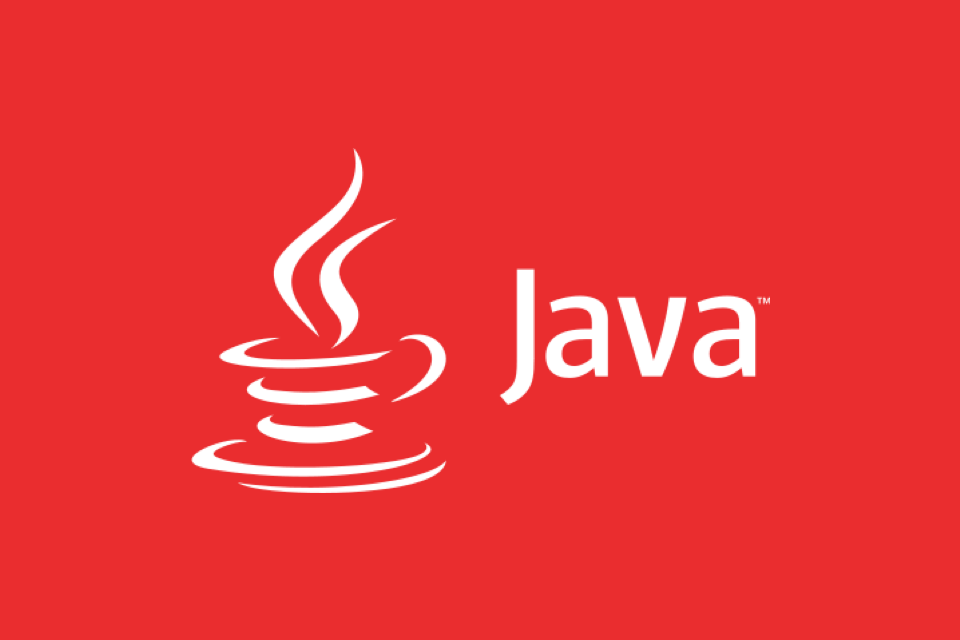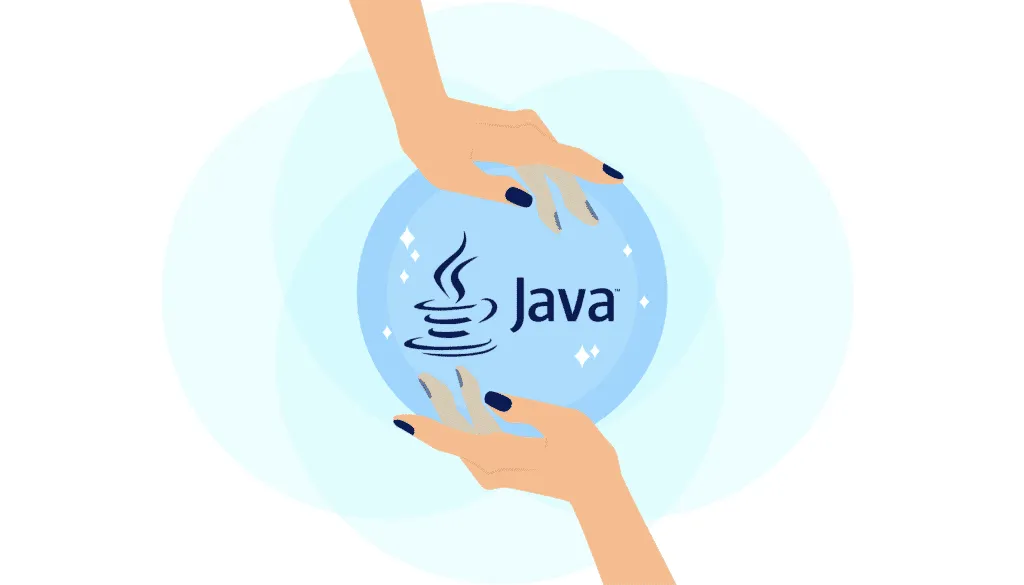Java's class loading mechanism is implemented through ClassLoader, and its core workflow is divided into three stages: loading, linking and initialization. During the loading phase, ClassLoader dynamically reads the bytecode of the class and creates Class objects; links include verifying the correctness of the class, allocating memory to static variables, and parsing symbol references; initialization performs static code blocks and static variable assignments. Class loading adopts the parent delegation model, and prioritizes the parent class loader to find classes, and try Bootstrap, Extension, and Application ClassLoader in turn to ensure that the core class library is safe and avoids duplicate loading. Developers can customize ClassLoader, such as URLClassLoader for remote loading, WebApp ClassLoader implements application isolation, and OSGi supports modular dynamic loading. In addition, class unloading depends on the recycling of ClassLoader. If ClassLoader is referenced, it cannot release memory, which can easily lead to leakage. The life cycle needs to be managed reasonably to optimize resources. Mastering the ClassLoader principle helps troubleshoot problems, optimize structure and design plug-in systems.

Java's class loading mechanism is an important part of the JVM runtime, and ClassLoader is the core of this mechanism. Understanding how ClassLoaders works will help troubleshoot class loading problems, optimize program structure, and even help you better design a modular system.

Basic process of class loading
When a Java program runs, not all classes are loaded from the beginning. Instead, when the class is used for the first time, it is loaded into memory by the ClassLoader. This process is roughly divided into three stages:

- Loading : Find the binary bytecode file of the class (usually a .class file), read and create a Class object.
- Linking : includes three steps: verification, preparation and parsing. Verify to ensure the correctness of the class; prepare to allocate memory for static variables and set default values; parsing is to replace symbolic references with direct references.
- Initialization : Execute the class constructor
<clinit></clinit>method, which is the static code block and static variable assignment operations we write.
Among these three steps, loading is done by ClassLoader, and the remaining two stages are controlled by the JVM.
Parent Delegation Model
ClassLoaders in Java adopts a mechanism called "parent delegation" to avoid duplicate loading of classes. Each ClassLoader has a parent class loader. When loading the class, it will first delegate to the parent class to load. Only when the parent class cannot be loaded will it try to load it by itself.

The standard ClassLoader hierarchy is as follows:
- Bootstrap ClassLoader : is responsible for loading the core classes (such as
java.lang.Object) that come with the JVM, usually located in rt.jar. - Extension ClassLoader : Loads Java extension library, generally located in
jre/lib/extdirectory. - Application ClassLoader (also called System ClassLoader): Loading the class under the application classpath, is the ClassLoader we deal with most often.
For example, when you call Class.forName("com.example.MyClass") , the default is that the Application ClassLoader initiates the loading request. It will first ask Extension, then ask Bootstrap. If none of them are found, then go to classpath to find it yourself.
The advantage of this mechanism is that it ensures the consistency and security of the class and prevents user-defined classes from overwriting the core class library.
Common ClassLoader implementation and usage
In addition to the standard ClassLoader mentioned above, Java also allows developers to customize ClassLoader to meet specific needs, such as loading classes from the network, hot deployment, plug-in systems, etc.
Several common ClassLoaders:
- URLClassLoader : It can load classes based on URLs (such as local files or remote HTTP addresses), suitable for dynamic loading of external JAR packages.
- Custom ClassLoader : Inheriting
ClassLoaderand rewritingfindClass()orloadClass()methods can implement your own class loading logic. - WebApp ClassLoader (commonly in Tomcat): Each web application has its own independent ClassLoader, which is used to isolate the class versions of different applications.
- OSGi ClassLoader : used in modular systems, supporting dynamic loading and unloading of classes.
If you are developing a plug-in system, you may need to customize a ClassLoader to load the plug-in's JAR file from the specified directory. For example:
public class PluginClassLoader extends ClassLoader {
private final File jarFile;
public PluginClassLoader(File jarFile, ClassLoader parent) {
super(parent);
this.jarFile = jarFile;
}
@Override
protected Class<?> findClass(String name) throws ClassNotFoundException {
try {
byte[] classBytes = readClassFromFile(name);
return defineClass(name, classBytes, 0, classBytes.length);
} catch (IOException e) {
throw new ClassNotFoundException("Class " name " not found", e);
}
}
private byte[] readClassFromFile(String name) throws IOException {
// Actually read the bytecode of the class from the JAR...
}
}This way you can load the classes in the plug-in through this class loader.
Class Uninstallation and Memory Management
What many people don't know is that classes can be uninstalled, but this only happens when the corresponding ClassLoader is garbage collected. In other words, as long as your ClassLoader is still referenced, all classes it loads will not be recycled, which can easily cause memory leakage.
Therefore, when using a custom ClassLoader, you should pay attention to timely release resources, especially in frequent loading/unloading scenarios, such as hot updates or dynamic module loading.
A common practice is to place the ClassLoader in a weak reference container, or manually set it to null when it is no longer needed to allow GC to be recycled smoothly.
Basically that's it. ClassLoader is a relatively low-level but very practical part of Java. Mastering its principles and usage can help you write more flexible and robust applications.
The above is the detailed content of How Java ClassLoaders Work Internally. For more information, please follow other related articles on the PHP Chinese website!

Hot AI Tools

Undress AI Tool
Undress images for free

Undresser.AI Undress
AI-powered app for creating realistic nude photos

AI Clothes Remover
Online AI tool for removing clothes from photos.

Clothoff.io
AI clothes remover

Video Face Swap
Swap faces in any video effortlessly with our completely free AI face swap tool!

Hot Article

Hot Tools

Notepad++7.3.1
Easy-to-use and free code editor

SublimeText3 Chinese version
Chinese version, very easy to use

Zend Studio 13.0.1
Powerful PHP integrated development environment

Dreamweaver CS6
Visual web development tools

SublimeText3 Mac version
God-level code editing software (SublimeText3)

Hot Topics
 Selecting Specific Columns | Performance Optimization
Jun 27, 2025 pm 05:46 PM
Selecting Specific Columns | Performance Optimization
Jun 27, 2025 pm 05:46 PM
Selectingonlyneededcolumnsimprovesperformancebyreducingresourceusage.1.Fetchingallcolumnsincreasesmemory,network,andprocessingoverhead.2.Unnecessarydataretrievalpreventseffectiveindexuse,raisesdiskI/O,andslowsqueryexecution.3.Tooptimize,identifyrequi
 What is the `enum` type in Java?
Jul 02, 2025 am 01:31 AM
What is the `enum` type in Java?
Jul 02, 2025 am 01:31 AM
Enums in Java are special classes that represent fixed number of constant values. 1. Use the enum keyword definition; 2. Each enum value is a public static final instance of the enum type; 3. It can include fields, constructors and methods to add behavior to each constant; 4. It can be used in switch statements, supports direct comparison, and provides built-in methods such as name(), ordinal(), values() and valueOf(); 5. Enumeration can improve the type safety, readability and flexibility of the code, and is suitable for limited collection scenarios such as status codes, colors or week.
 Applying Semantic Structure with article, section, and aside in HTML
Jul 05, 2025 am 02:03 AM
Applying Semantic Structure with article, section, and aside in HTML
Jul 05, 2025 am 02:03 AM
The rational use of semantic tags in HTML can improve page structure clarity, accessibility and SEO effects. 1. Used for independent content blocks, such as blog posts or comments, it must be self-contained; 2. Used for classification related content, usually including titles, and is suitable for different modules of the page; 3. Used for auxiliary information related to the main content but not core, such as sidebar recommendations or author profiles. In actual development, labels should be combined and other, avoid excessive nesting, keep the structure simple, and verify the rationality of the structure through developer tools.
 What is the JDK?
Jun 25, 2025 pm 04:05 PM
What is the JDK?
Jun 25, 2025 pm 04:05 PM
JDK (JavaDevelopmentKit) is a software development environment for developing Java applications and applets. It contains tools and libraries required to compile, debug and run Java programs. Its core components include Java compiler (javac), Java runtime environment (JRE), Java interpreter (java), debugger (jdb), document generation tools (javadoc) and packaging tools (such as jar and jmod). Developers need JDK to write, compile Java code and develop with the help of IDE; without JDK, Java applications cannot be built or modified. You can enter javac-version and java-version in the terminal
 VSCode debugger for Java setup guide
Jul 01, 2025 am 12:22 AM
VSCode debugger for Java setup guide
Jul 01, 2025 am 12:22 AM
The key steps in configuring the Java debugging environment on VSCode include: 1. Install JDK and verify; 2. Install JavaExtensionPack and DebuggerforJava plug-in; 3. Create and configure the launch.json file, specify mainClass and projectName; 4. Set up the correct project structure to ensure the source code path and compilation output are correct; 5. Use debugging techniques such as Watch, F8/F10/F11 shortcut keys and methods to deal with common problems such as class not found or JVM attachment failure.
 XML rules: Common errors to avoid
Jun 22, 2025 am 12:09 AM
XML rules: Common errors to avoid
Jun 22, 2025 am 12:09 AM
Methods to avoid XML errors include: 1. Ensure that the elements are nested correctly, 2. Escape special characters. Correct nesting avoids parsing errors, while escape characters prevent document corruption, using an XML editor can help maintain structural integrity.
 Windows search bar not typing
Jul 02, 2025 am 10:55 AM
Windows search bar not typing
Jul 02, 2025 am 10:55 AM
When the Windows search bar cannot enter text, common solutions are: 1. Restart the Explorer or computer, open the Task Manager to restart the "Windows Explorer" process, or restart the device directly; 2. Switch or uninstall the input method, try to use the English input method or Microsoft's own input method to eliminate third-party input method conflicts; 3. Run the system file check tool, execute the sfc/scannow command in the command prompt to repair the system files; 4. Reset or rebuild the search index, and rebuild it through the "Index Options" in the "Control Panel". Usually, we start with simple steps first, and most problems can be solved step by step.
 How do I set up VS Code for Java development?
Jun 29, 2025 am 12:23 AM
How do I set up VS Code for Java development?
Jun 29, 2025 am 12:23 AM
To use VSCode for Java development, you need to install the necessary extensions, configure the JDK and set up the workspace. 1. Install JavaExtensionPack, including language support, debugging integration, build tools and code completion functions; optional JavaTestRunner or SpringBoot extension package. 2. Install at least JDK17 and verify through java-version and javac-version; set the JAVA_HOME environment variable, or switch multiple JDKs in the status bar at the bottom of VSCode. 3. After opening the project folder, make sure the project structure is correct and enable automatic saving, adjust the formatting rules, enable code checking, and configure the compilation task to optimize the opening.






